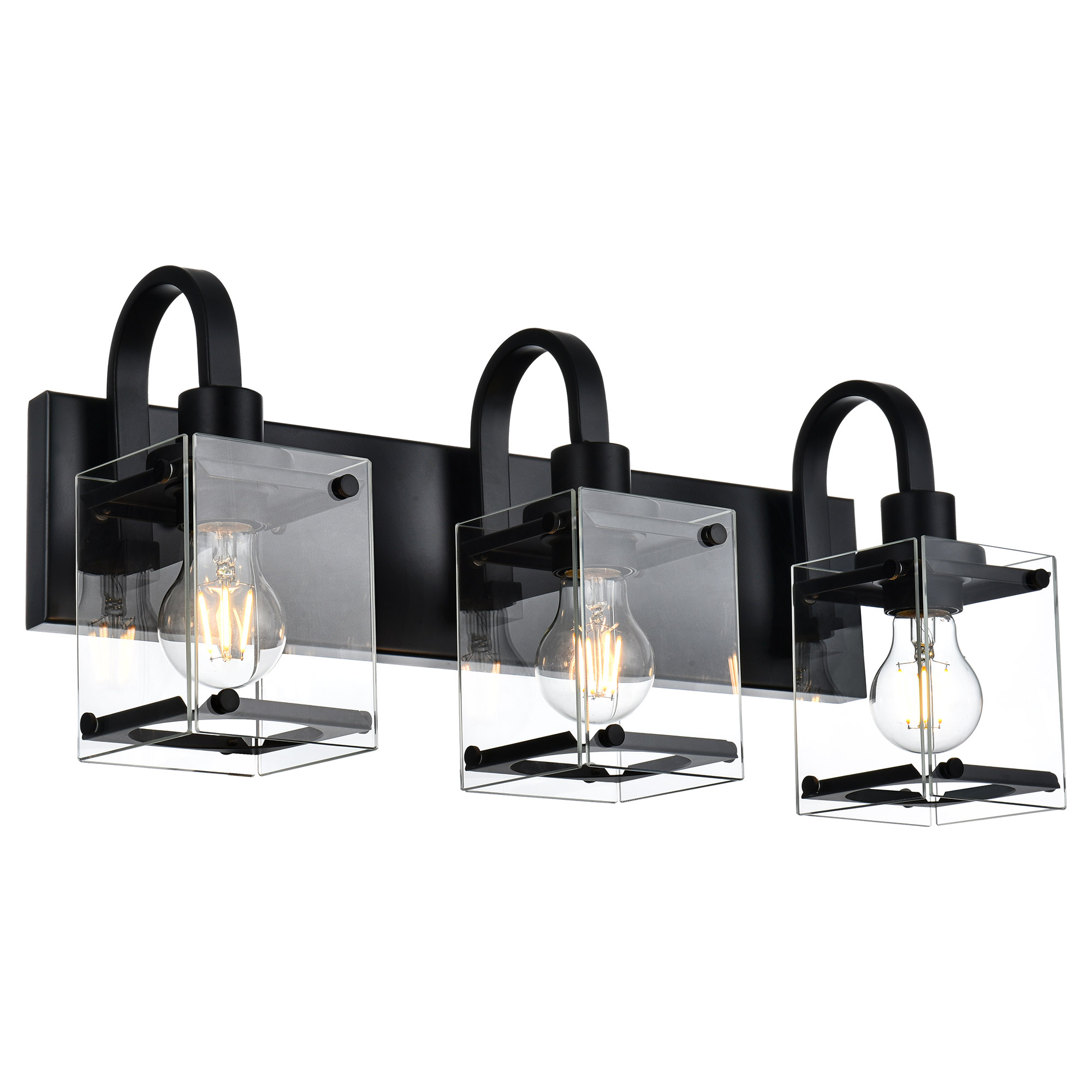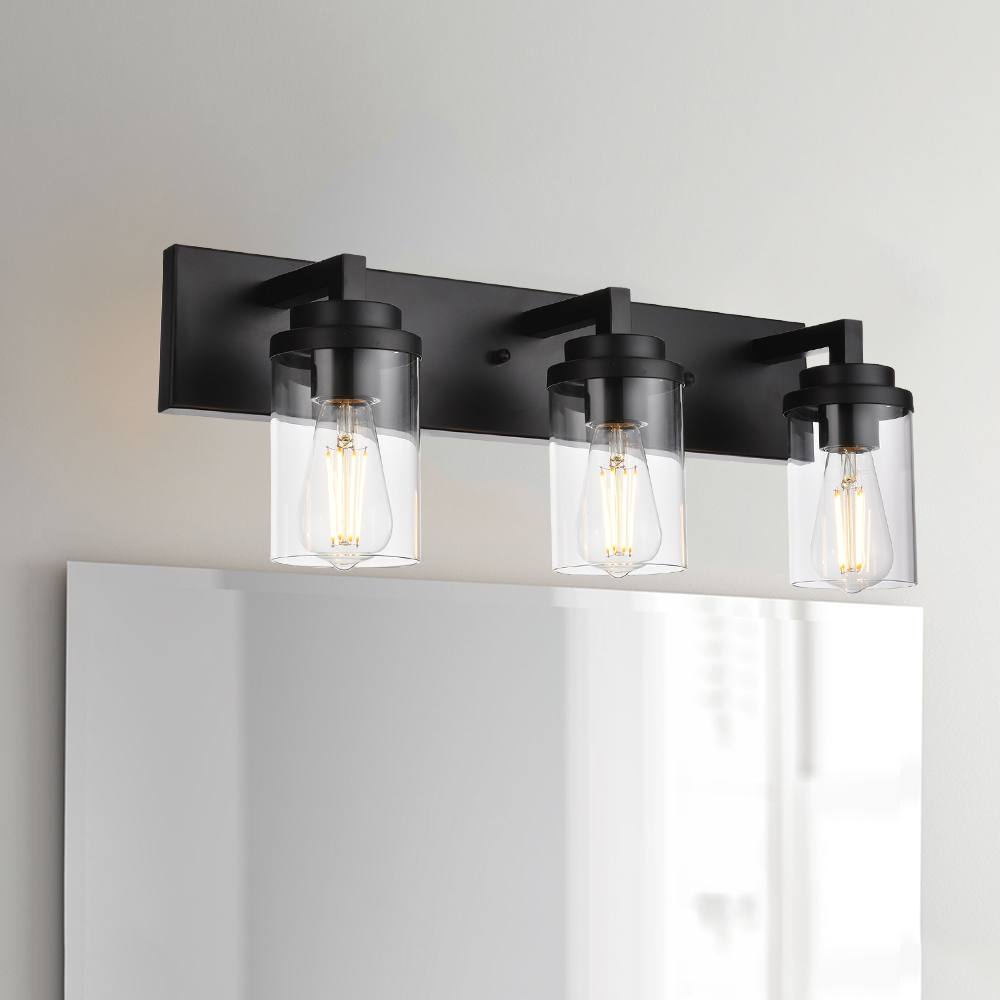light fixture height above dining room table
Light Fixture Height Above Dining Room Table: The Ultimate Guide to Perfect Illumination

Preface
The dining room is more than just a place to eat; it’s a focal point of family gatherings, social events, and memorable moments. One crucial element that can transform this space is the right lighting. Understanding the optimal light fixture height above the dining room table is essential for creating an inviting and functional atmosphere. This comprehensive guide delves into the nuances of lighting placement, offering expert tips and insights to help you achieve the perfect illumination.
Understanding the Importance of Light Fixture Height
Why Height Matters
The height at which you hang your light fixture above the dining room table significantly impacts the room’s overall ambiance and functionality. A light fixture that is too high can make the space feel cold and impersonal, while one that is too low can create glare and obstruct views. Finding the sweet spot ensures that your dining area is both well-lit and aesthetically pleasing.
The Role of Lighting in Dining Spaces
Lighting serves multiple purposes in a dining room. It enhances the visual appeal of your meals, sets the mood for different occasions, and provides adequate illumination for tasks like reading or working. The right light fixture height above the dining room table can make all the difference in achieving these goals.
Determining the Ideal Light Fixture Height
Standard Guidelines
As a general rule of thumb, the bottom of the light fixture should hang approximately 30 to 36 inches above the dining room table. This range is widely accepted by interior designers and lighting experts, as it provides a balanced and comfortable level of illumination.
Factors to Consider
While the standard guidelines offer a good starting point, several factors can influence the ideal height for your light fixture:
- Ceiling Height: Higher ceilings may require longer pendant lights or chandeliers to maintain proportionality.
- Table Size: Larger tables can accommodate taller light fixtures, while smaller tables benefit from shorter ones.
- Light Fixture Type: The design and size of the fixture itself play a role in determining the optimal height.
- Room Size and Layout: The overall dimensions and layout of the dining room can affect how the light fixture interacts with the space.
Adjusting for Unique Spaces
High Ceilings
For dining rooms with high ceilings, consider extending the light fixture to maintain visual balance. A good rule of thumb is to add an extra 3 inches of height for every foot above the standard 8-foot ceiling. For example, if your ceiling is 10 feet high, you might hang the fixture 36 to 42 inches above the table.
Low Ceilings
In rooms with lower ceilings, it’s crucial to avoid hanging the light fixture too low to prevent it from feeling cramped. Aim for the lower end of the standard range (30 inches) and adjust as needed to ensure comfort and functionality.
Large Dining Tables
For larger dining tables, a single light fixture might not provide adequate coverage. In such cases, consider using multiple fixtures or a larger chandelier to ensure even lighting across the entire table.
Small Dining Tables
In smaller dining areas, a compact light fixture can help maintain a sense of openness. Opt for a fixture that is proportionate to the table size and hang it slightly higher to avoid overwhelming the space.
Expert Tips for Perfect Placement
Measuring and Marking
Before installing your light fixture, measure the desired height from the table to the ceiling. Use a piece of string or a helium balloon to visualize the placement and make adjustments as needed. Marking the spot on the ceiling can help ensure accurate installation.
Consulting Design Principles
Proportion and Scale: Ensure that the size of the light fixture is in harmony with the table and the room. A fixture that is too large or too small can disrupt the visual balance.
Layered Lighting: Incorporate multiple light sources, such as wall sconces or floor lamps, to create a layered lighting effect that adds depth and warmth to the dining area.
Style and Aesthetics: Choose a light fixture that complements the overall design style of your dining room. Whether you prefer modern, rustic, or traditional aesthetics, the right fixture can enhance the room’s visual appeal.
Safety and Practicality
Avoiding Obstructions: Ensure that the light fixture does not obstruct views or interfere with movement around the table. This is particularly important in smaller dining spaces.
Ease of Maintenance: Consider the ease of cleaning and maintaining the light fixture. Hanging it at an accessible height can make routine maintenance more manageable.
Popular Light Fixture Styles for Dining Rooms
Chandeliers
Chandeliers are a classic choice for dining rooms, offering elegance and a touch of luxury. When selecting a chandelier, consider the size and style to ensure it complements your dining area.
Pendant Lights
Pendant lights are versatile and come in various styles, making them suitable for a wide range of dining room designs. They can be hung individually or in multiples to create a cohesive lighting scheme.
Linear Lights
Linear lights are ideal for longer dining tables, providing even and consistent illumination. They can be a stylish and functional addition to modern dining spaces.
Flush Mounts
For dining rooms with low ceilings, flush mount light fixtures are a practical choice. They offer ample lighting without taking up too much visual space.

Real-Life Examples and Case Studies
Case Study 1: Modern Dining Room
In a modern dining room with a sleek, minimalist design, a set of three pendant lights were hung 34 inches above a rectangular dining table. The fixtures were chosen to complement the room’s clean lines and provided balanced, ambient lighting.
Case Study 2: Traditional Dining Room
A traditional dining room featuring a large wooden table and high ceilings was enhanced with a grand chandelier. The fixture was hung 40 inches above the table, creating a focal point and ensuring even illumination throughout the space.
Case Study 3: Small Dining Nook
In a compact dining nook, a single, small pendant light was hung 30 inches above a round table. The fixture’s size and placement helped maintain a sense of openness and provided adequate task lighting.
Common Mistakes to Avoid
Hanging Too High or Too Low
One of the most common mistakes is hanging the light fixture at an incorrect height. This can lead to inadequate lighting or visual discomfort. Always refer to the standard guidelines and adjust based on your specific space.
Ignoring Proportion and Scale
Choosing a light fixture that is too large or too small for your dining table and room can disrupt the visual balance. Ensure that the fixture is proportionate to the space.
Overlooking Layered Lighting
Relying solely on a single light fixture can result in a lack of depth and warmth. Incorporate additional light sources to create a more inviting atmosphere.
Neglecting Maintenance
Failing to consider the ease of maintenance can lead to frustration down the line. Choose a fixture that is accessible for cleaning and bulb replacement.
Conclusion
Achieving the perfect light fixture height above the dining room table is a blend of art and science. By understanding the importance of height, considering various factors, and following expert tips, you can create a well-lit and visually appealing dining space. Whether you opt for a chandelier, pendant lights, or another style, the right placement will enhance the ambiance and functionality of your dining room. Remember to avoid common mistakes and always prioritize safety and practicality. With careful planning and attention to detail, you can enjoy a beautifully illuminated dining experience.

